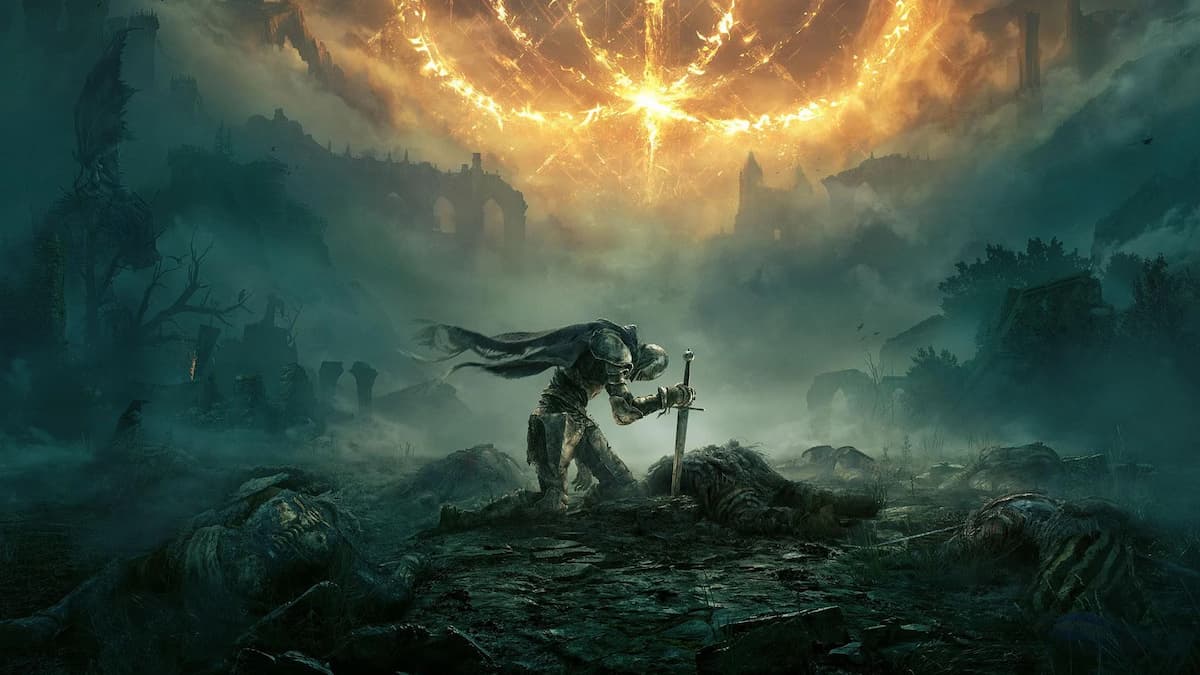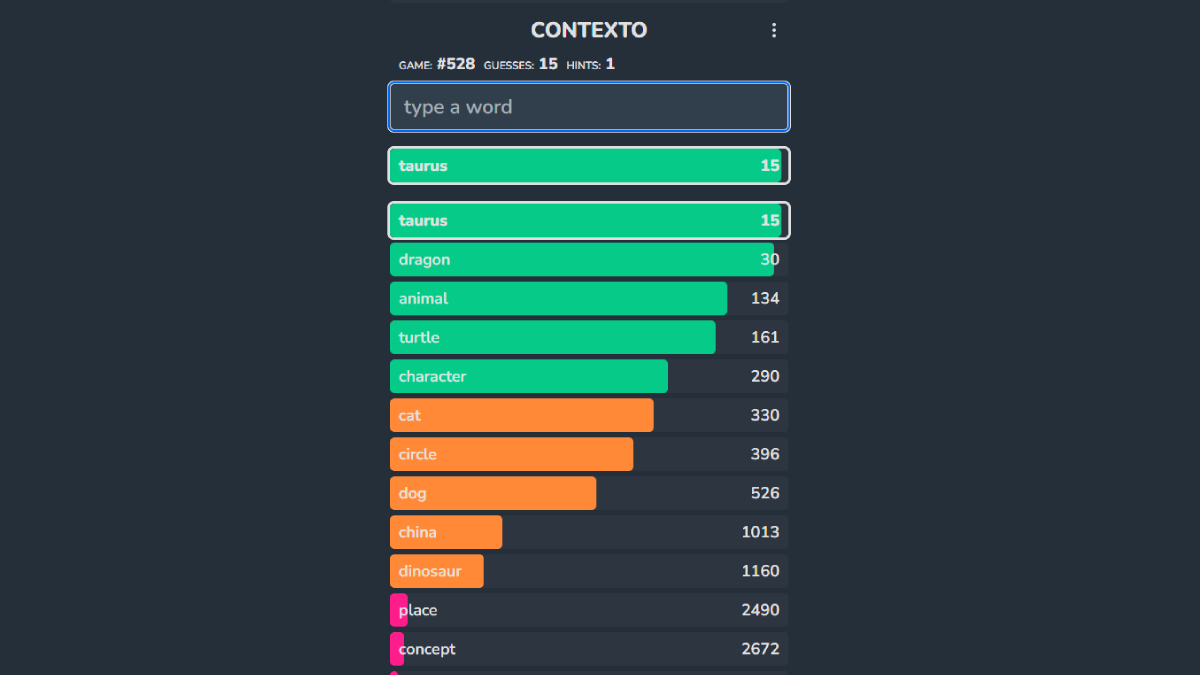FromSoftware’s Souls series has carved out such a huge name for itself in video games at this point, that it’s hard to walk two steps without hearing the word “Souls-like” or some comparison to the Dark Souls whenever a new action RPG gets announced. If you’re looking for more games like Dark Souls, consider these ones.
Lords of the Fallen
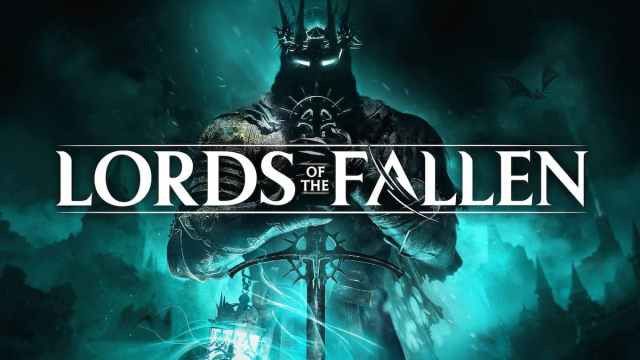
Lords of the Fallen is one of the most direct offshoots of the Souls series, and it’s a direct representation of the genre that the series created. The title uses almost the exact same systems as Dark Souls, tasking players with exploring a series of massive interconnected environments. A methodical, tactical combat system will immediately feel familiar to a Souls fan, and the game uses a similar risk and reward system for experience, with a bit of a twist. Basically in Lords of the Fallen you have a multiplier that increases as you hit enemies with combos and avoid using checkpoints. The multiplier dictates how much experience you get, and if you die you’ll return to the last checkpoint losing all of your experience, and respawning enemies. You’ll need to beat a timer to retrieve your experience, so you can’t just go back at your own pace.
Lords of the Fallen’s story has a Norse feel to it, versus the dark fantasy of Dark Souls. While its inspirations from the Souls series are abundantly clear, Lords of the Fallen does add its own unique spin on things to differentiate itself.
Salt and Sanctuary
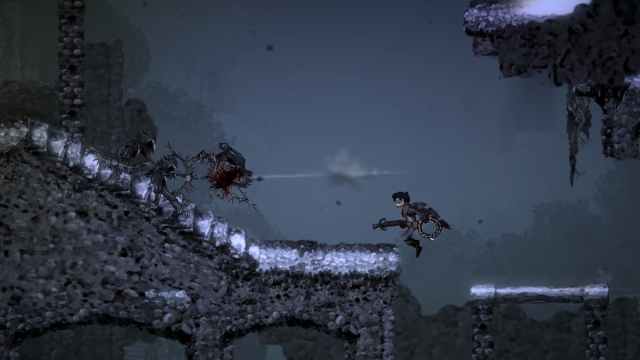
Salt and Sanctuary is a fascinating game, as it’s almost a 2D interpretation of the Souls series, combined with elements from Castlevania. The game uses a dark fantasy setting that starts with the player stowing away aboard a ship that also carries a princess who’s to be wed to an opposing country in order to prevent war. At the same time, Salt and Sanctuary has an interesting way of presenting horror with its comic book meets Game of Thrones aesthetic style.
The game uses similar systems to Dark Souls, like an equipment system with a massive number of items and weapons to use, along with a risk and reward experience system that lets you go back and reclaim experience lost upon death. On top of that, Salt and Sanctuary also uses asynchronous multiplayer features by letting you drop messages for other players to pick up. There are variations on systems, of course, like its grid-based leveling system and the ability to play local co-op. Salt and Sanctuary is quite impressive for the way it manages to adapt the Souls formula to 2D, and it’s all about learning from your past mistakes.
As you progress through the game you’ll come upon traps, bosses that have tricks you need to figure out, and more. Salt and Sanctuary was cleared inspired by Souls, but it’s an example of how to add a unique interpretation on an established genre.
Salt and Sacrifice
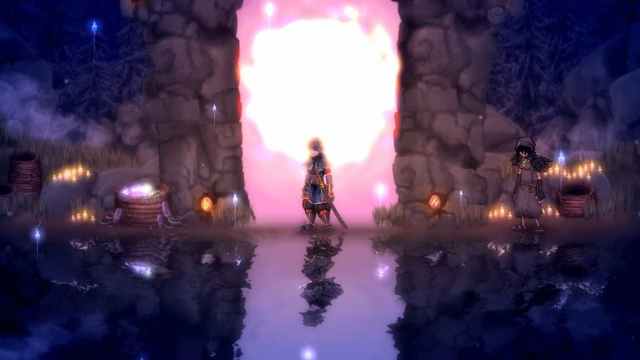
Salt and Sacrifice is a sequel and follow-up to Salt and Sanctuary, and it’s basically more of the same 2D action goodness you know and love. Gameplay-wise, there’s not much that’s different here, though it does feature a much large open-world, along with an expanded post-game section where you have the opportunity to hunt down and fight procedurally generated bosses each day.
It does get a bit formulaic at times, but if you’re a sucker for fun, interconnected level design, you can’t go wrong with this one.
DarkMaus
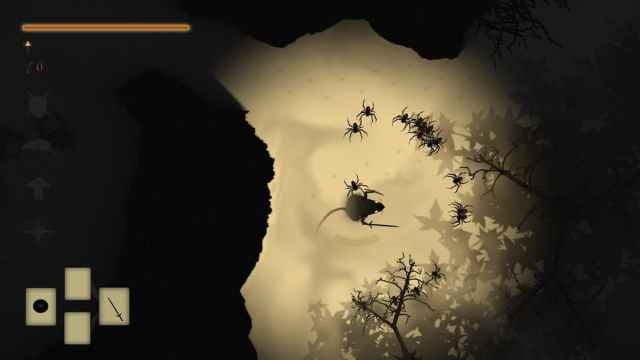
Here’s another game that sports half of Dark Soul’s name, except this one is about mice. There’s a ton here to compare to Dark Souls, and for good reason. The game’s creator, Daniel Wright, has been quite open about his inspiration from Dark Souls, even stating on his blog that after beating Dark Souls nothing out there was satisfying his craving, so he took it upon himself to make a similar indie game.
DarkMaus plays from a top down perspective and takes place in the world of Hazath, which has mysteriously become corrupted. You set out as a lone mouse to discover what happened, encountering deadly enemies and even bonfires along the way. Combat is almost entirely skill based and starts out with a steep learning curve, giving you access to multiple weapons including swords, bows, and shields.
DarkMaus is very much like Dark Souls in the fact that you have to learn to adapt to the game, figure out how to overcome each and every enemy, and train your own personal skills. Instead of a “Souls” system for experience, however, every time you die a ghost character appears to help you. Over time you can even choose which of your weapons you want to use. One thing’s for sure though, DarkMaus certainly isn’t an experience for the faint of heart, but Souls fans should find a lot to love.
Nioh
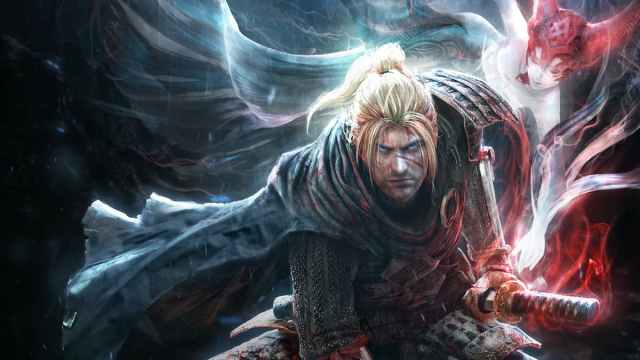
Nioh is a bit different than most Souls-inspired games but not in the form that we know it. Nioh was originally announced in 2004 as a mutlimedia project based on an unfinished Akira Kurosawa script by Koei Tecmo. Over time, the project became troubled, getting overhauled and changed repeatedly. Finally in 2015 the game was re-revealed as a PS4 exclusive, and bearing a striking similarity to the Souls series.
In truth though, Nioh forges its own unique identity, heavily inspired by both Souls and Koei Tecmo’s own Ninja Gaiden. Similarly to Souls, combat is almost entirely skill based, pitting you against vicious enemies that require planning and learning to overcome. The difference, however, is that in Nioh you have the ability to pull off combos and switch between three combat stances; high, middle, and low.
As you battle enemies you’ll gain Amrita, the game’s experience, which you lose upon death. Just like in Dark Souls, you can return to the spot of your body to retrieve all of your Amrita, but lose it all if you die again. Nioh has plenty of unique features as well including its historical feudal Japan setting, Ninjutsu and magic, as well as a mission based structure instead of open world. While Nioh is very much its own game, it adapts and changes ideas from the Souls series, and it just wouldn’t be the same game without Dark Souls.
Nioh 2
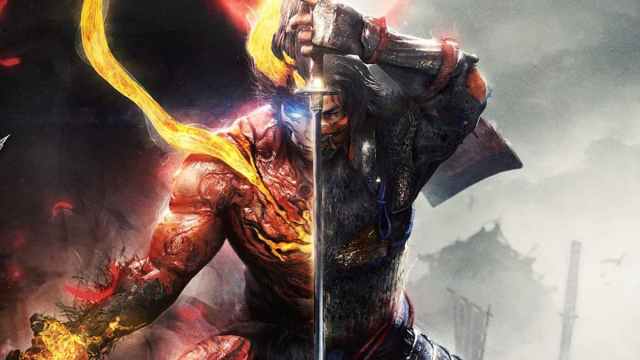
Nioh 2 is a huge step-up from the first game, with even more weapon types to check out, more innovative boss battles, and more interesting level designs. You also get to create your own character, meaning you’re no longer stuck with boring ol’ William Adams, who may actually be the worst part of the first game.
The Diablo-like loot system is also back, along with the ability to reroll the gear stats and affixes on your equipment –perfect for all your lizard brain tendencies.
Necropolis
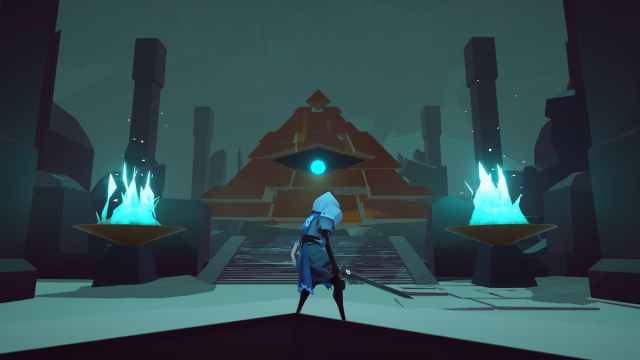
Necroplolis is essentially what happens if you take Dark Souls’ systems and combine that with roguelike elements. It plays out like a traditional roguelike sending you through a series of challenging procedurally generated levels, with your punishment for death getting sent all the way back to the beginning. Unlike most roguelikes, however, Necropolis sports a real-time battle system focused on sword and shield combat.
Combat is clearly inspired by Dark Souls as it’s methodical and skill-based, giving you multiple different weapons and items to use across the course of the game. Combat doesn’t feel quite as responsive as Dark Souls, but by far Necropolis’ biggest difference lies in tone. While Souls is dark and philosophical, Necropolis uses a light-hearted humorous tone.
While Necropolis is a roguelike through and through, especially with its price of death, the game clearly uses elements of Dark Souls. This is even made clear by creative director and co-creator of Hairbrained Schemes Mitch Gitelman, who said to IGN, “What would happen if Dark Souls and Spelunky had a baby? And that baby tried to kill you over and over again?” There you have it.
The Surge
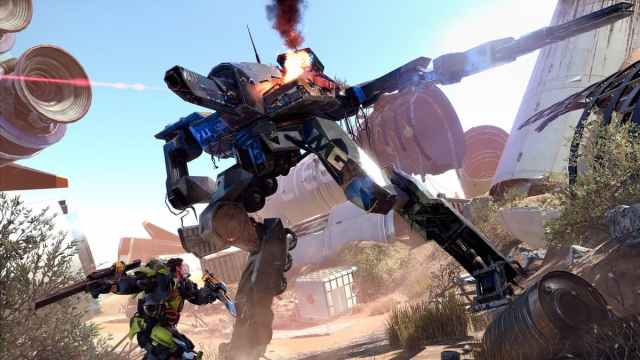
The Surge is another game that wears its Dark Souls inspirations on its sleeve, which isn’t a surprise as its made by the same developers as Lords of the Fallen, Deck13 Interactive. The big twist here though is The Surge’s gritty sci-fi setting that takes place in a dystopic future, something we haven’t really seen a Souls-like do before.
This means that the player uses a powerful exoskeleton in combat, while facing down insane enemies and giant robots. Like Lords of the Fallen before it, The Surge has methodical, tactical combat as well as tons of variation with the equipment for your character. In addition to stamina, you’ll need to manage an energy bar that fills up as you attack, letting you unleash a variety of special attacks. Another addition lets you target specific body parts on enemies, disabling them momentarily or making them weaker when destroyed.
The game has absolutely brutal combat that constantly keeps you on your toes by laying ambushes or traps. The Surge may introduce a unique setting and elements like crafting, but at its core is still the core gameplay tenets of what Souls started.
Death’s Gambit
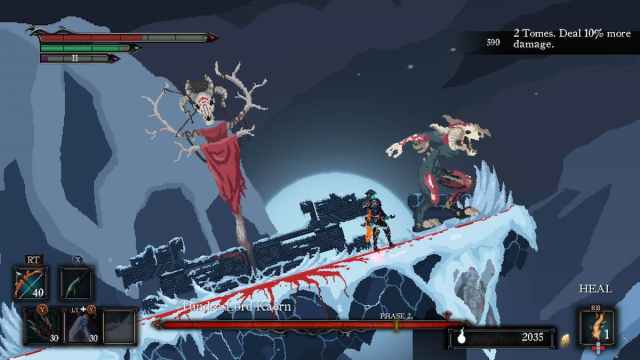
Like Salt and Sanctuary, Death’s Gambit takes the Souls formula and adapts that into a 2D style. You play as an agent of Death, exploring the strange planet of Leydia and trying to unravel the source of immortality that twists the world. Like pretty much every other game here you should expect to die a lot. Death’s Gambit has a challenging combat system, that despite being in 2D manages to have the same weighty feeling that Souls does, and even has just as much rolling around. Of course you’ll also have access to a myriad of weapons, equipment, and armor for your agent of death.
Death’s Gambit uses its Dark Souls inspirations for more than combat, however, using a similar equipment system. There’s also a big risk reward system that pumps up difficulty, although it’s a bit different than Souls. At each save point you can choose to have less healing items in exchange for more damage, creating an interesting choice based on your playstyle. At the same time when you die you drop a heal, meaning you have one less heal to use unless you go back and retrieve it.
The art style of Death’s Gambit is even reminiscent of Dark Souls, as the game takes place in a dark fantasy world filled with undead knights and fearsome beasts. Of course this is all through a 2D style, that looks fairly similar to Superbrothers: Sword and Sorcery EP. Jean Canellas, lead developer at White Rabbit Studios, is pretty vocal about how Death’s Gambit draws inspirations from Souls. In an interview with The Wayfaring Dreamer he states “The art is inspired by Castlevania, Studio Ghibli, Dark Souls and Sword and Sorcery. On a narrative level, the initial concept of immortality came from binge-watching Ghost in the Shell. I felt that themes of immortality would really resonate in a Dark Souls style world.”
The Other FromSoft Games
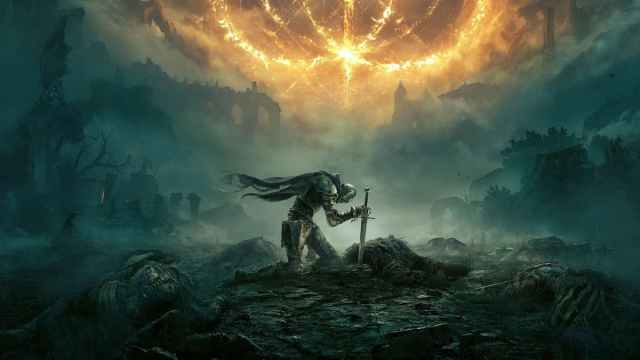
We’d be remiss not to at least make mention of Bloodborne and Elden Ring, which are not technically part of the Souls franchise, but still feature very similar gameplay mechanics and tone.
Bloodborne is a much more fast-paced version of Dark Souls set in a creepy Gothic town. Throw out everything you know about Dark Souls, though, as combat no longer revolves around the sword and shield, and instead centers around your ability to handle the game’s various trick weapons and parry skills with a firearm.
On the flipside, Elden Ring might be more your speed if you want the same chunky combat of Dark Souls, but set in an insanely large open-world. Elden Ring is easily one of the most impressive games of the past decade, and gives players the freedom to build their characters however they want.

